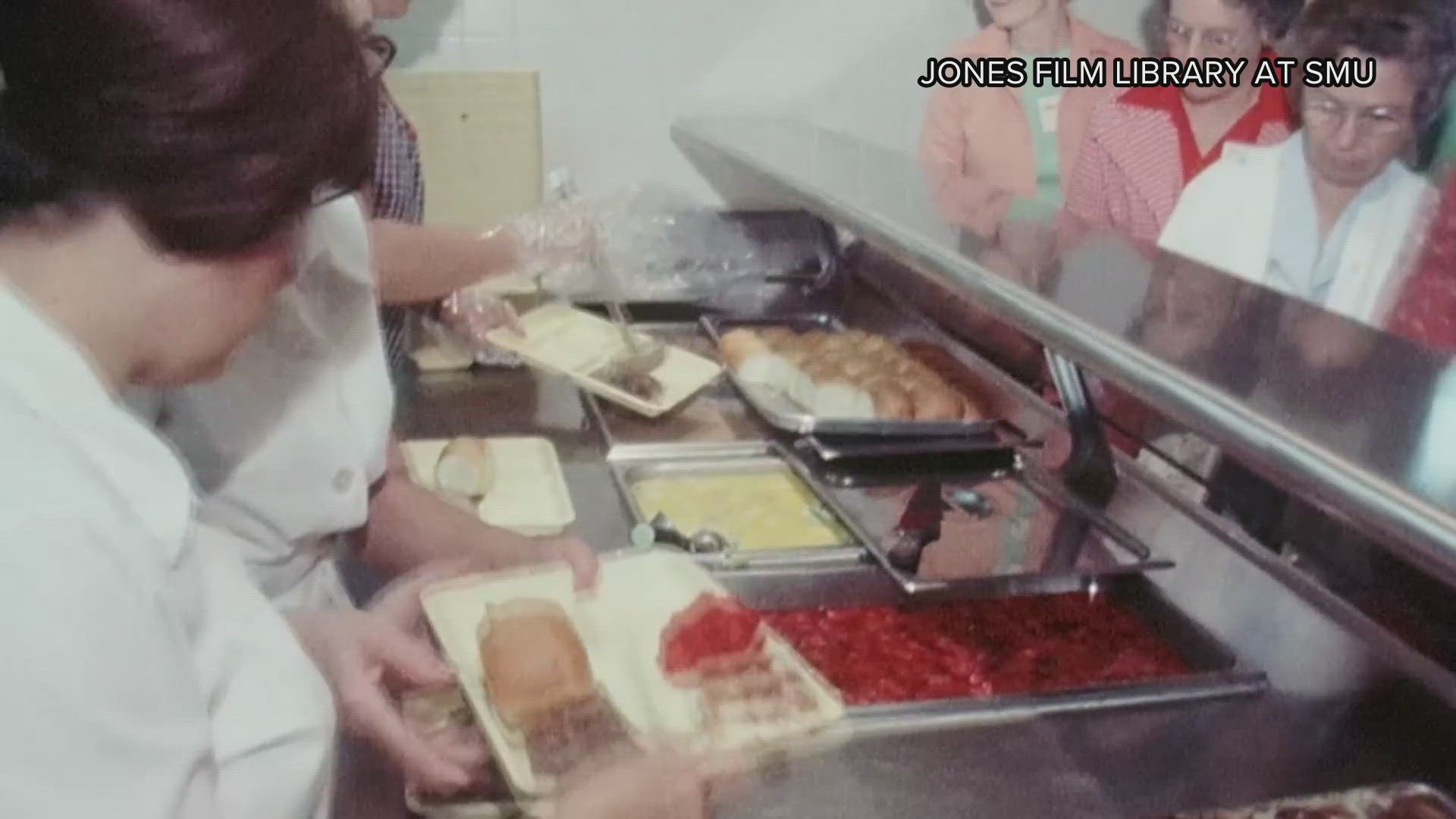DALLAS — If it's true that we are what we eat, then the time we spent in school cafeterias might be just as formable as the time spent learning in classrooms.
The school cafeteria is one of the oldest and largest food institutions in the country, but the role chefs and cafeteria workers play in student development is usually overlooked.
“If they're not eating, they're probably not performing well. So it's my job and it's my duty,” said Trina Nelson, the executive chef for Dallas ISD.
Though older adults might not remember school food all that fondly, the times, guidelines, and standards have changed. Cooking is Nelson’s life-long passion and something she has done professionally for 32 years, the last 9 for DISD.
“I was the strange kid in school that did not watch cartoons on Saturday, but I watched Yan Can Cook and Julia Childs.”
It's that expertise and passion Nelson and her team of chefs now bring to the lunch line for the 140,000 students in the district. The team is constantly working on recipes which will not only fit Department of Agriculture guidelines but also satisfy learning students.
A look back at 1970s WFAA stories archived in the SMU Jones Library shows that cafeteria workers have always strived to find the delicate balance between dishes that are healthy but appetizing. However, it is hardly the same menu.
A 1975 WFAA story reported on the food options available at one Dallas ISD high school, options that included Oreos, sodas, and other sweet treats.
These days, cafeterias and vending machines have snacks that trend more towards the healthy side.
“We have chips but they are baked instead of fried,” said Nelson. “We make sure our vendors are what we call ‘smart snack’ approved.”
Standards for healthy school menus have been tightened and relaxed over the past few presidential administrations and supply chain issued from the COVID19 pandemic also forced school kitchens to tinker with their food preparation.
But Nelson said Dallas ISD was ahead of the curve for the changes because of their commitment to healthier yet tasty food.
“We are following the guidelines but making pretty good food for our kids.”
Because if the saying is indeed true, the better students eat, the better they are.

